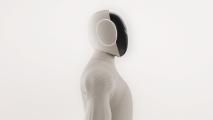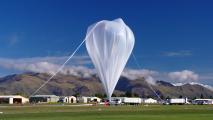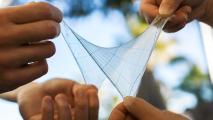Future Explored
This is Future Explored, your guide to world-changing technology. You can get stories like these straight to your inbox by subscribing below.
Get every issue in your inbox.

More Editions
Can sponge cities help us prepare for more floods?
Deadly floods are expected to get worse over the next decade. One design solution for cities is to make them more porous — like a sponge.
These nuclear reactors can recycle radioactive waste
The future of the nuclear industry lies in developing cheaper and more nimble reactors.
No more cords: one day an entire room may power up all your devices
Charging rooms may free us from the tangle of cords needed to power our electronic devices.
MIT’s robotic nose can detect first sign of disease
A powerful diagnosis tool may one day be in millions of smartphones.
Molecular farming could be the future of vaccines
Edible plant-based vaccines could revolutionize how we fight diseases.
How to slay a hurricane
Hurricanes are becoming more powerful — can scientists engineer a way to weaken them and save lives?
The world’s first sodium-ion battery for EVs has arrived
The world’s biggest battery maker for EVs is now manufacturing a sodium-ion battery that could help end the industry’s dependence on lithium.
Facebook just made a huge upgrade to Oculus VR headsets
Here’s how the Oculus Quest 2 just became a player in augmented reality.
NASA’s new balloon-borne telescope is ready for liftoff
NASA’s new balloon-borne telescope could let astronomers study distant objects with the latest tech at a fraction of the cost of Hubble.
Printing embedded tech in artificial skin just got easier
Stanford researchers present new chemical method for mass-producing stretchable transistor arrays that can be printed in artificial skin.













